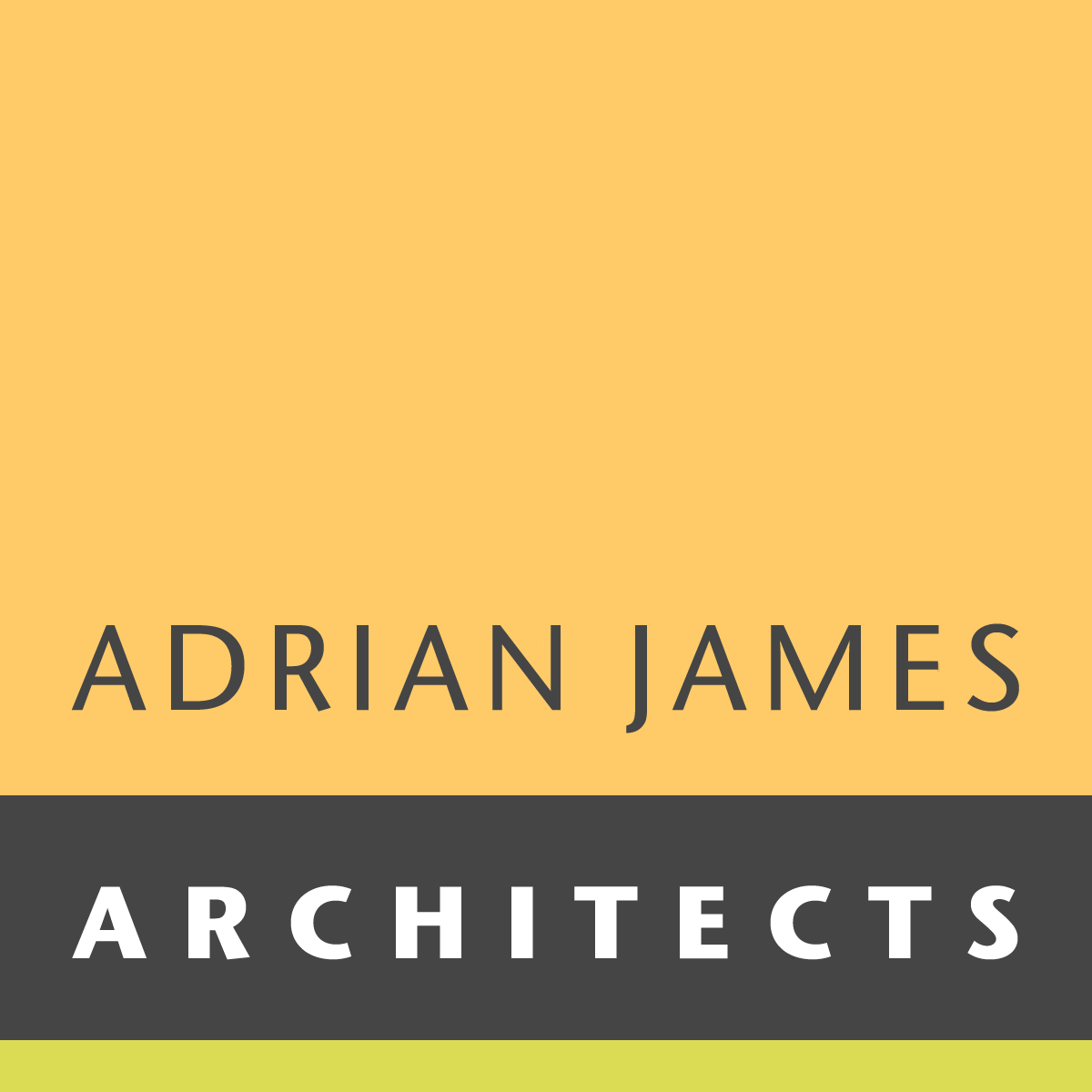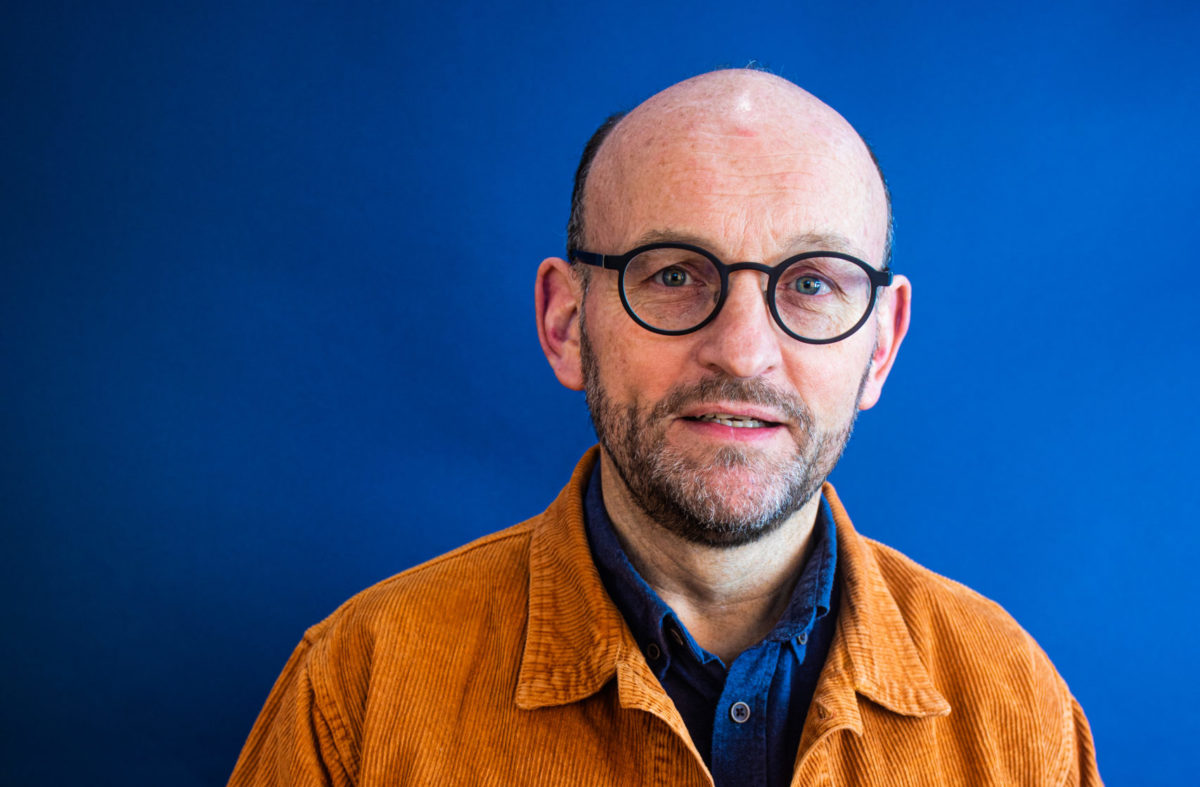
An Architect’s View
Adrian James Architects is an RIBA Chartered Practice based in the heart of Oxford. B4’s Richard Rosser met with Director, Adrian James, to find out how the pandemic has influenced the design and construction of buildings now and in the future and also discuss the growing concerns regarding skilled labour.
Adrian trained at Cambridge University, worked on the design and procurement of exceptional buildings in the UK, the USA and Europe before settling in Oxford and launching his own studio. As well as managing the practice and ensuring its commitment to quality in all of its architectural services, Adrian guides the design development of all commissions. He combines a passion for architecture with real expertise in steering projects through the planning process.
Outside of the day job Adrian really does sing from the mountain tops combining climbing to the top of mountains the world over and singing in the Oxford Gospel Choir. Who knew we had a budding Julie Andrews in the B4 community!
The Adrian James website encapsulates Adrian’s undoubted passion for his art. In fact, without wishing to be lazy, the following text is taken from the website, but perfectly sums up the ethos and approach of the practice.
“We deliver beautiful buildings which clients love. Our buildings work well, they make the best possible use of the site and the budget, they please the users and they please the public. They are bold and uplifting on the outside, spacious and bright on the inside. They stand out but they are considerate to their context. Our buildings are at the forefront of sustainable design: we expect every project to be a carbon-positive habitable renewable energy power station, with all vehicles as domestic appliances.”
Sustainability is very much at the heart of all that Adrian and his team do.
“We design all sorts of buildings: corporate HQ’s, medical research institutes, science museums, university accommodation, school teaching facilities, community centres, student residences, luxury apartments and many one-off houses. We are one of the very few practices to have satisfied the planning policy permitting only ‘truly exceptional’ country houses.
“Our buildings have won many awards, including a clutch of prestigious RIBA awards, and several national prizes for the best building of their type in the country. Our creativity means we come up with new ideas to resolve problems and unlock the potential in any site and brief. We work well with planning authorities and we win the best possible planning consents.”
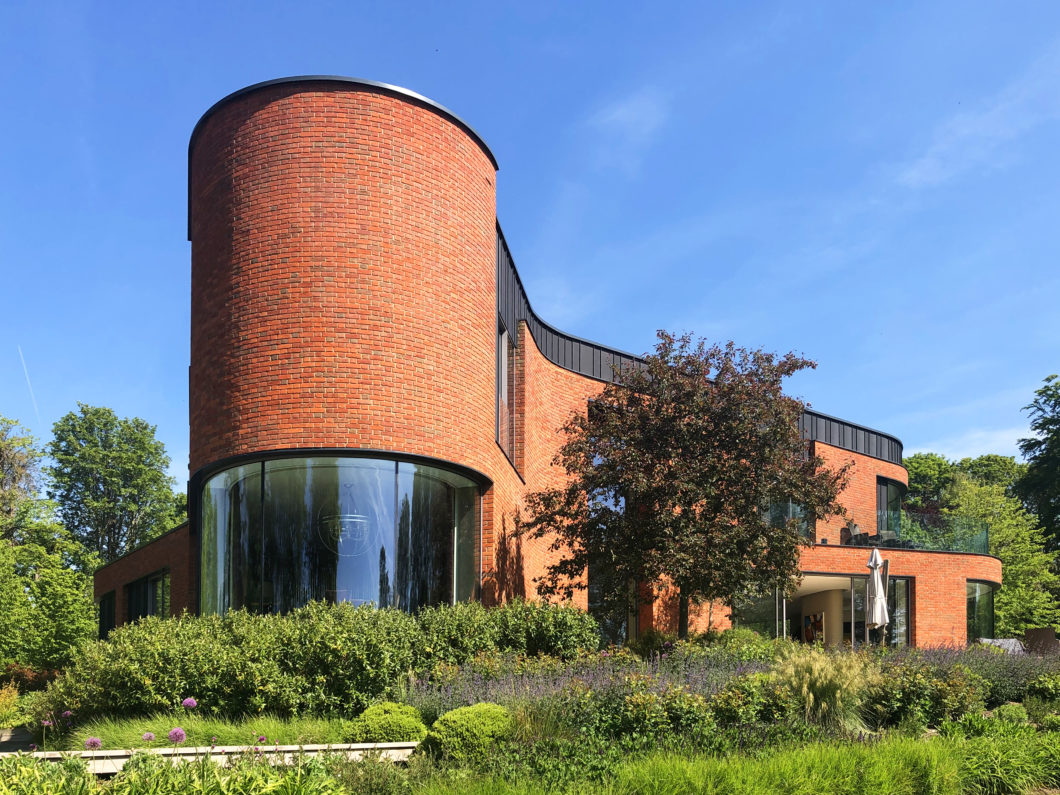
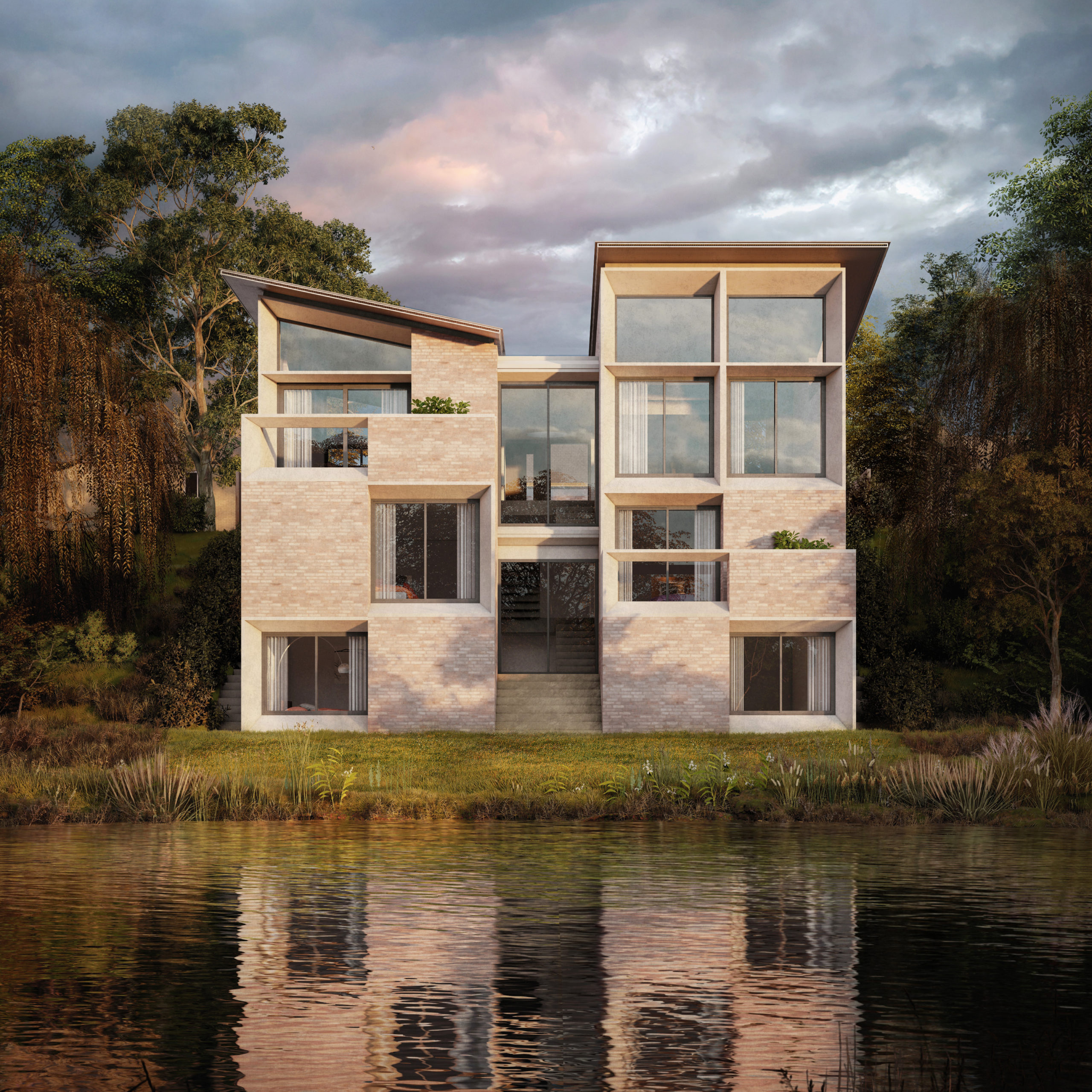
“Sustainability guides every design decision we make from the location through the building services to the material choices. But this should be the norm: the thing to remember is that what any building needs to achieve longevity is to be lovable, and this is where our unique design approach kicks in. There are four obvious common strands that link our buildings:
“First, our love of form-making. All our buildings are strong shapes containing great spaces to stir the soul.
“Second, a strong sense of order. Each of our buildings has a clear ordering principle which informs every part of it, so it all feels of a piece and quite natural.
“Third, we love light! Natural light flooding interior spaces is so good for the spirits but also so good for the architecture: we use it to articulate shape, space and surface.
“Fourth, a desire to design buildings which stand the test of time. The right moment to judge a building is fifty years hence. We avoid trendy notions and gizmos; we use ideas and materials which are robust and which will age with grace.
“But it should also be clear from the variety of architectural solutions adopted that our creative juices are not contained by any dogma: we tackle all sorts of building types and sizes and we let the client, the brief and the site guide us to very different answers. We do not churn out standard stuff, we do not fall back on clichés, we are very creative, we use the right side of our brains, and we really think.”
Post Pandemic Architecture
The pandemic has influenced a wide range of thinking, practices and ideologies, so how has it impacted Adrian and the work he now does for his clients?
“What has been interesting is that the housing market has sustained the commercial market, particularly in Oxfordshire, which is very strong at the moment, and it’s getting much stronger. That’s been quite a surprise considering how it was looking two years ago.
“Of particular interest is the new emphasis on health and wellbeing workspace, which is driving a new breed of office building. Sustainability, in terms of energy efficiency, is a much hotter topic than it was pre-pandemic. As architects, we have to be extremely conscious of our carbon footprint. It’s probably fair to say that I’m now atoning for my sins for the first twenty years of my career when the buildings I designed had a pretty big carbon footprint. Every building that we build has to be carbon positive, that’s just a given now, which has to be a good thing for everyone, not least the planet and also given the headache that rising energy costs are giving all of us.
“It makes sense for buildings to be fully sustainable and to be able to generate their own power and it’s even more possible for a couple of reasons. It was often regarded as the expensive route to source sustainable products, but legislation is much tougher meaning we are compelled to use sustainable products if we want to pass building regulations. More importantly for us as humans is the positive impact on our health and wellbeing of building sustainably. Better air flow and more sunlight are now crucial for our health and wellbeing, especially in the aftermath of COVID, so this all ties into sustainable building. If there are any additional costs incurred making your buildings more sustainable, the health and wellbeing benefits plus the cost savings on energy are more than sufficient returns to justify these costs.”
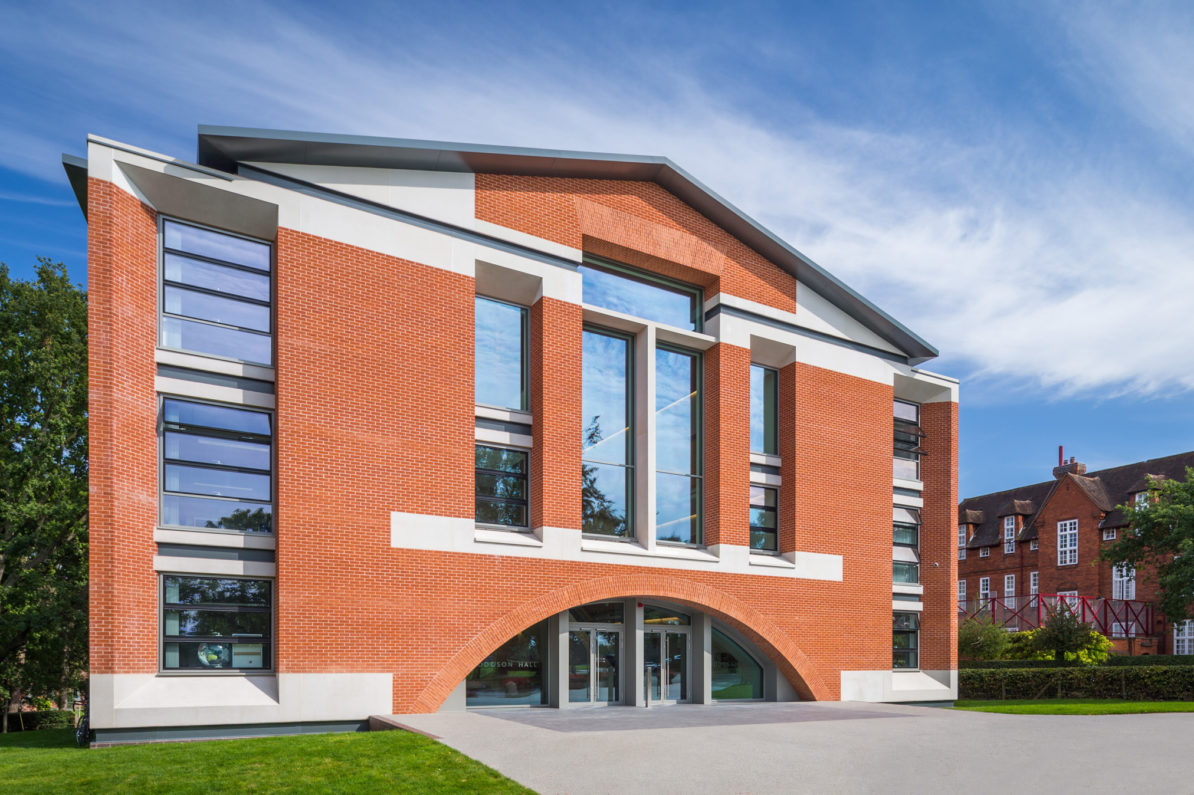
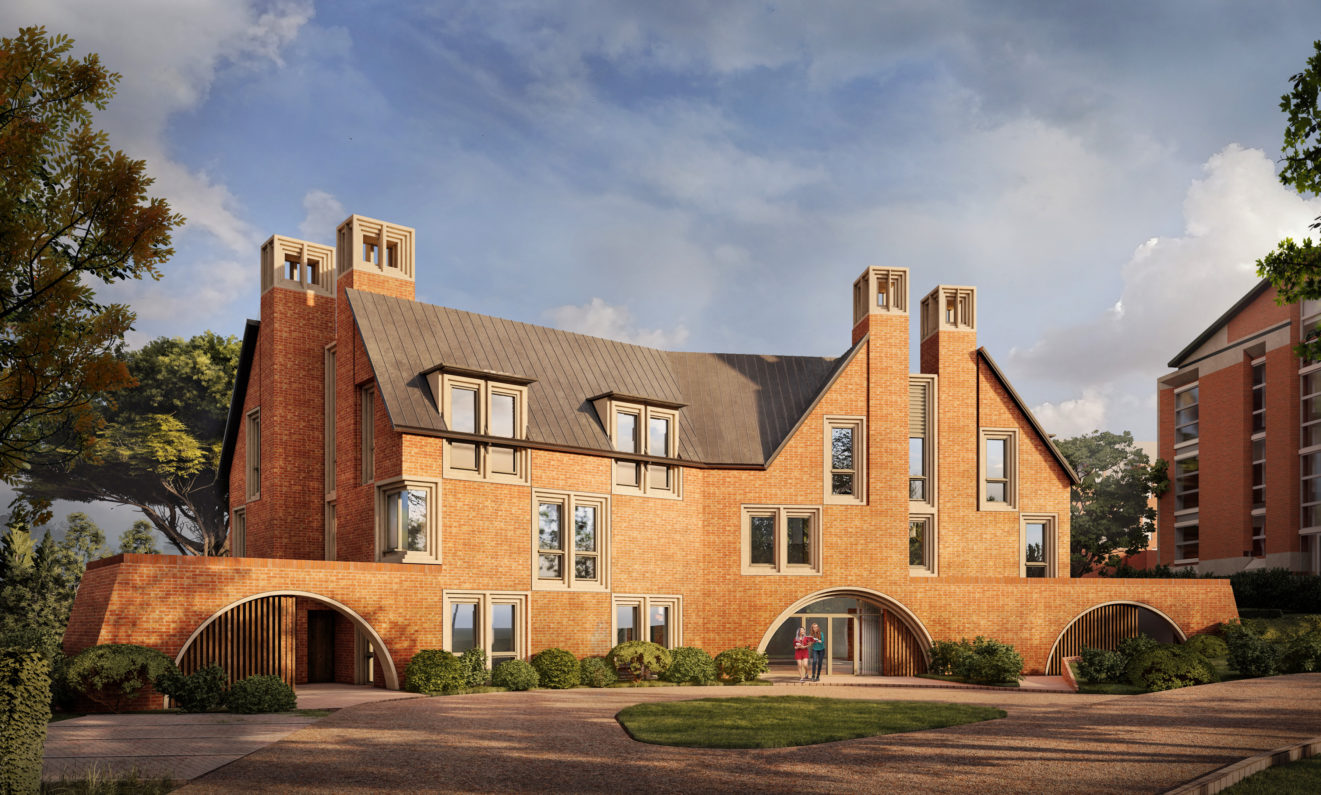
Increased Costs and Longer Lead Times
In terms of costs, knowing that supplies aren’t flowing as they were pre-Brexit and pre-pandemic, how much of an impact is this having?
“Build costs and lead time on supplies are suddenly having a big impact on tenders that are coming in for some of our projects, which have been put on hold. Hopefully the increases will slow down but I don’t think build costs are going to go down. That’s been a bit of a shock over the last few months, partly because of Brexit and partly because of COVID but hopefully things settle down.”
A Changing Landscape
Looking forward, with land in such short supply in Oxford city centre in particular, how does Adrian foresee the classic ‘dreaming spires’ image of Oxford changing in the next ten to twenty years?
“We’re already seeing a lot of cranes in the city centre which I think is a good thing. We’re seeing the council certainly more pro-development than it has been and pro-higher density. I think everyone understands now that, given the pressures on land, it really makes sense to build high density. That’s good not only because it saves a lot of ‘oxygen landscape’, but also because it means less travel costs, enabling more people to walk or ‘scooter’ to work, shops and amenities.”
Skills Shortages
Talk to most businesses today and the subject of skills shortages is top if not close to the top of their agenda. Has Adrian experienced the same issues? “We’ve seen a big drain on our recruitment potential because of people going back to Europe, either because of Brexit or because of COVID. Recruiting is much harder than it was and it was always tough because everyone tends to gravitate towards London, so persuading them to come out to the sticks has always been a challenge.”
Current Projects
Finally, Adrian elaborates on the current projects he and his team are working on that are really getting their creative juices flowing.
“We’ve got some very nice school projects going on, including a large project in Shropshire. We’re building a fantastic block of flats on the Woodstock Road, which is turning heads, for all the right reasons I hasten to add! Moving forward there is huge demand for biotech space coming from the university and all of the spin-out companies. We have done lab work in the past and it would be good to do more. Generally, it’s very positive in Oxford to see growing demand for both residential and commercial space but there’s still the issue of cost of living in Oxford…it’s not getting any cheaper to live and work here!
“Whilst it’s exciting to see development and growth, it’s going to be important how we as a country manage the demand for housing and strike the right balance between where you develop and where you don’t and ensuring sustainability remains the focus for all future developments.”
Get in touch
If you would like to discuss your forthcoming residential or commercial project with Adrian, please contact him at aj@adrianjames.com or visit www.adrianjames.com.
More in Architectural Design
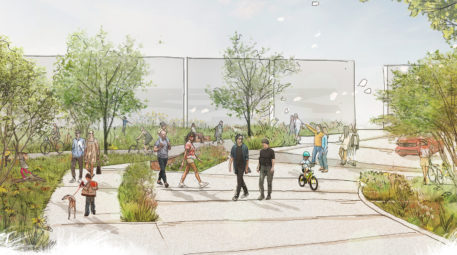
Oxford North’s Canalside Park and new street application submitted
Thomas White Oxford (TWO), the development company of St John’s College, has submitted to Oxford City Council a reserved matters application (RMA) for construction of Canalside Park, the first of its three public parks, and a new street to provide access to the first phase of Oxford North’s new homes at Canalside, on land south of the A40.
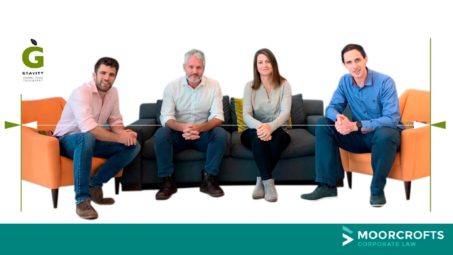
Moorcrofts advises on management buy-out of Gravity Consulting Engineers
Moorcrofts LLP has advised Gravity Consulting Limited (“Gravity”), a well-established and experienced structural engineering consultancy firm, as part of a management buy-out.
From this author
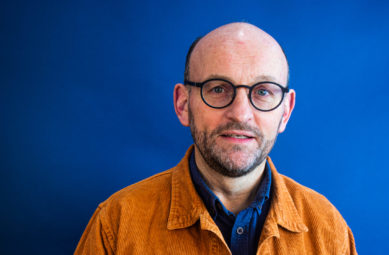
An Architect’s View
Adrian James Architects is an RIBA Chartered Practice based in the heart of Oxford. B4’s Richard Rosser met with Director, Adrian James, to find out how the pandemic has influenced the design and construction of buildings now and in the future and also discuss the growing concerns regarding skilled labour.


